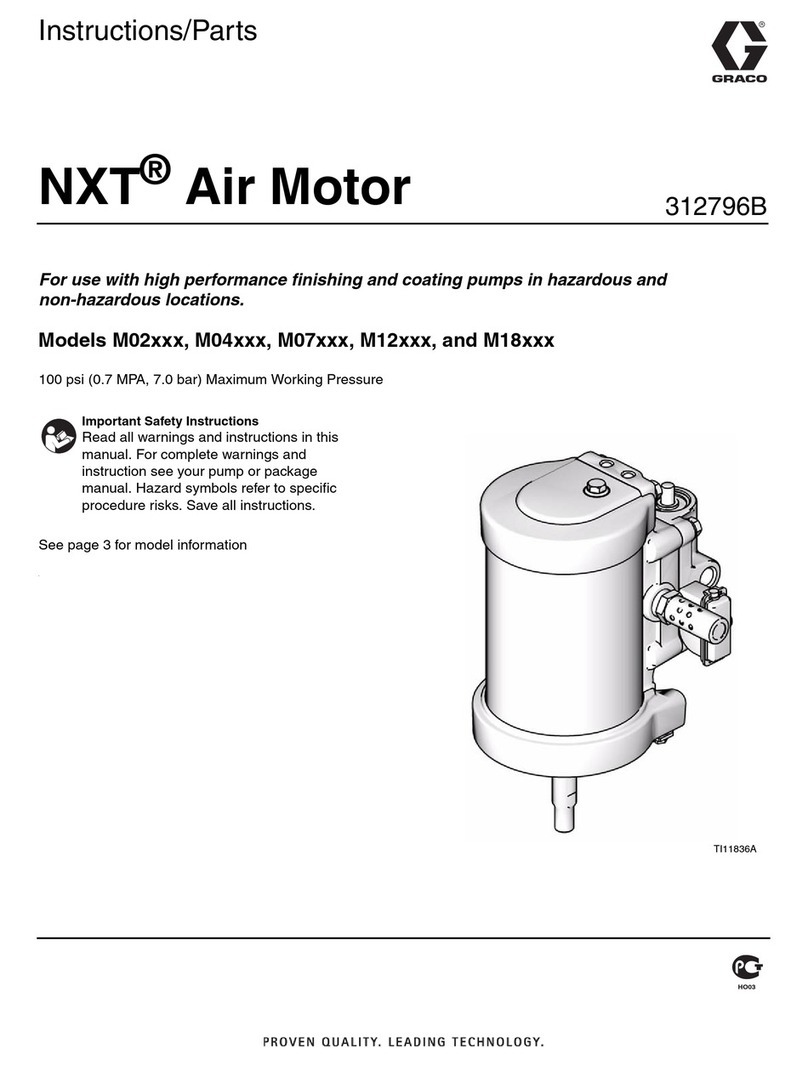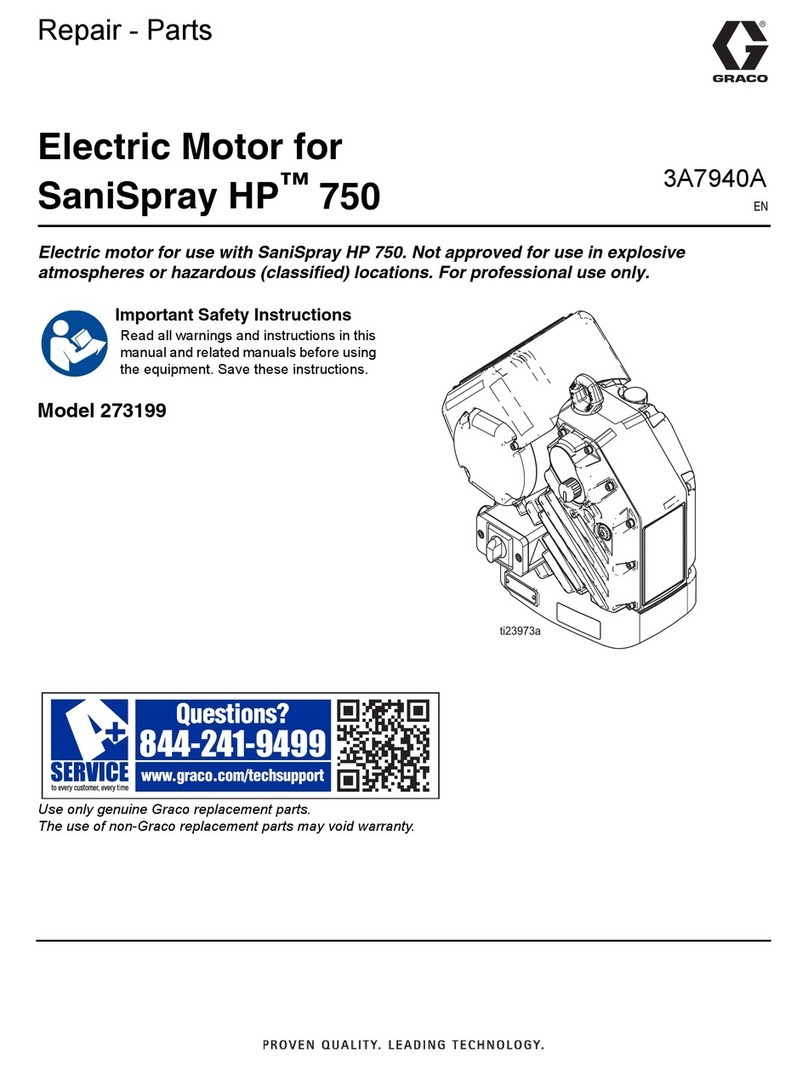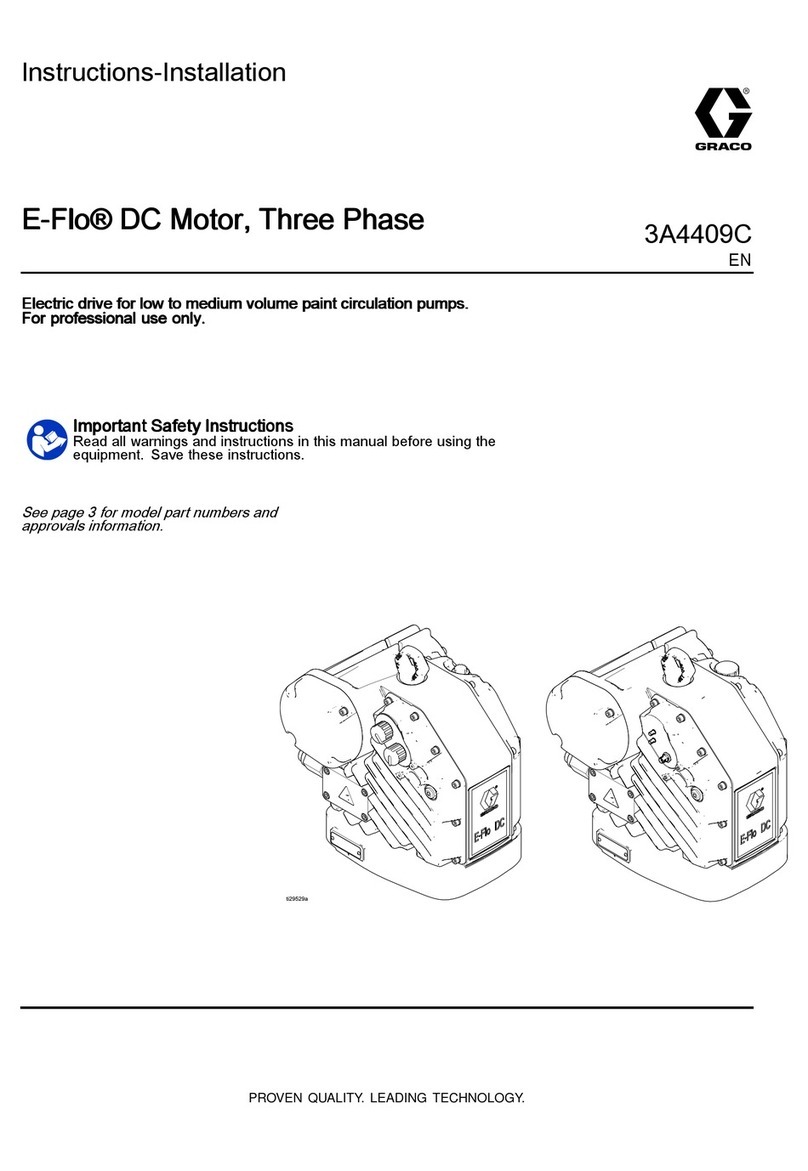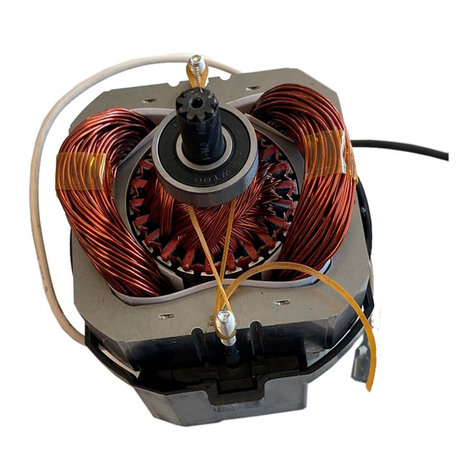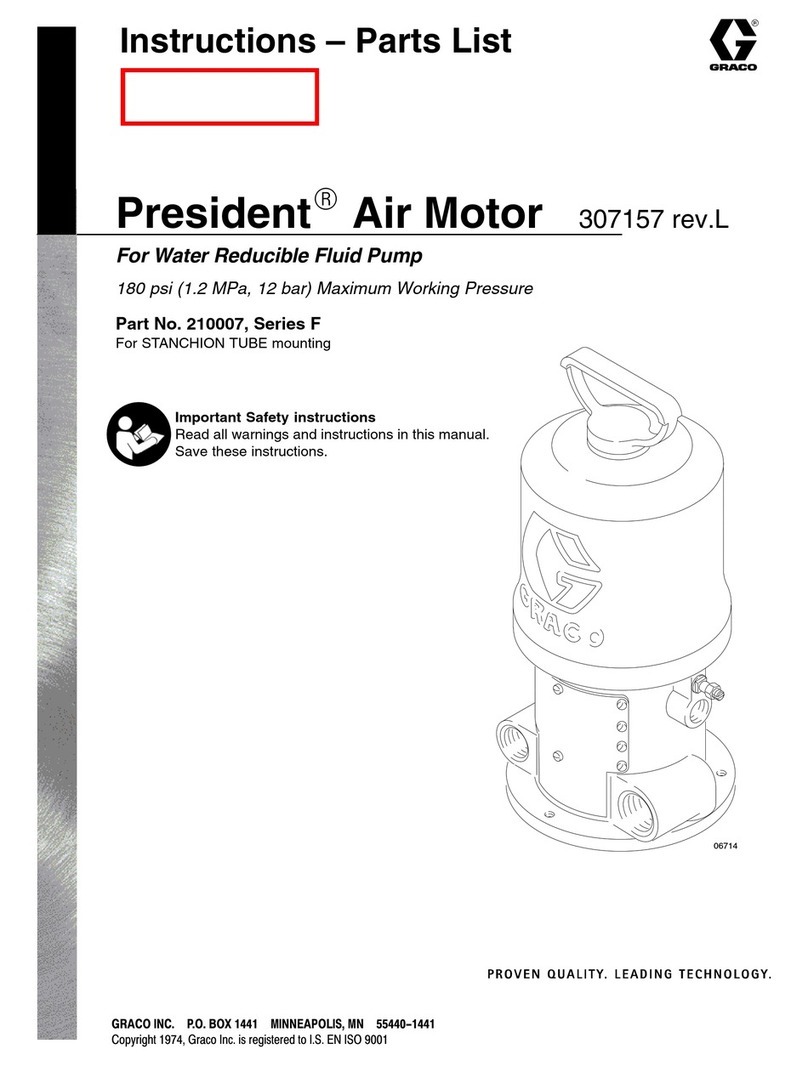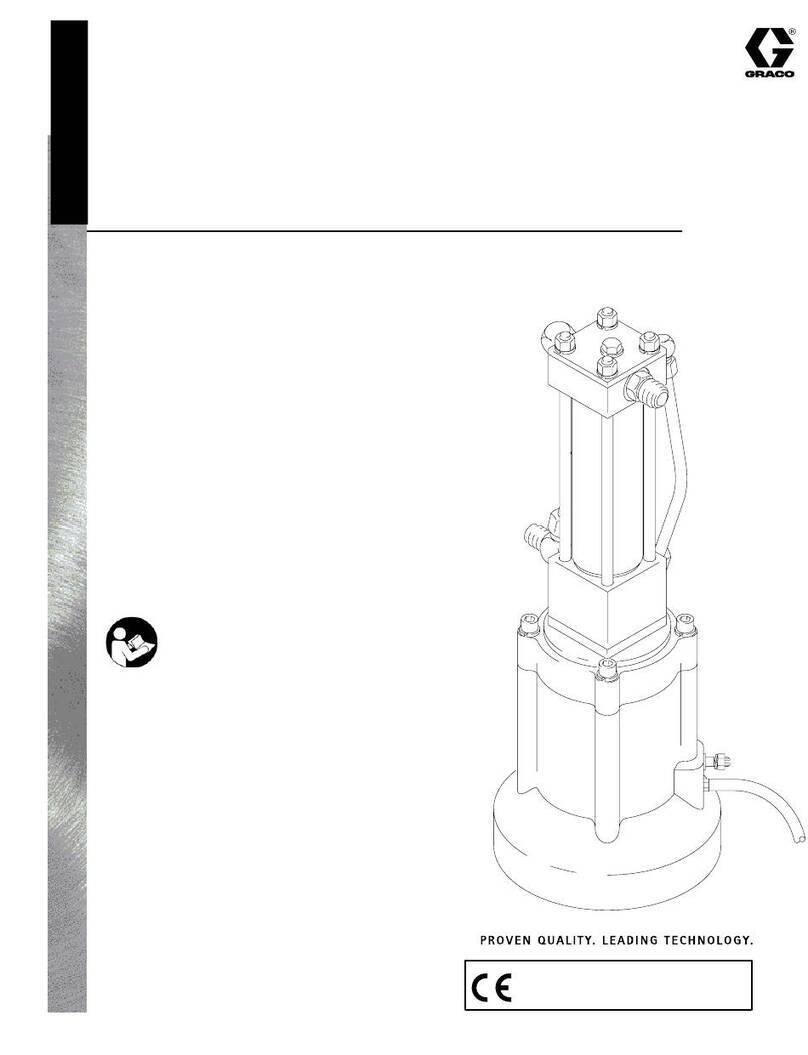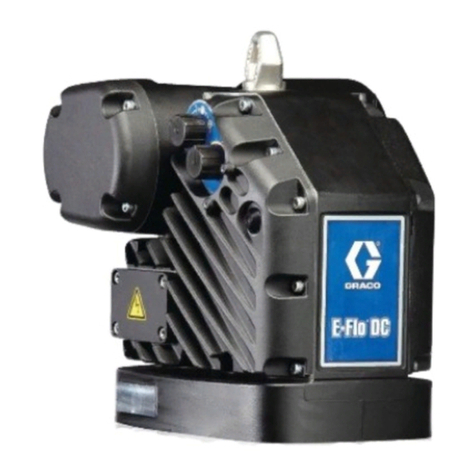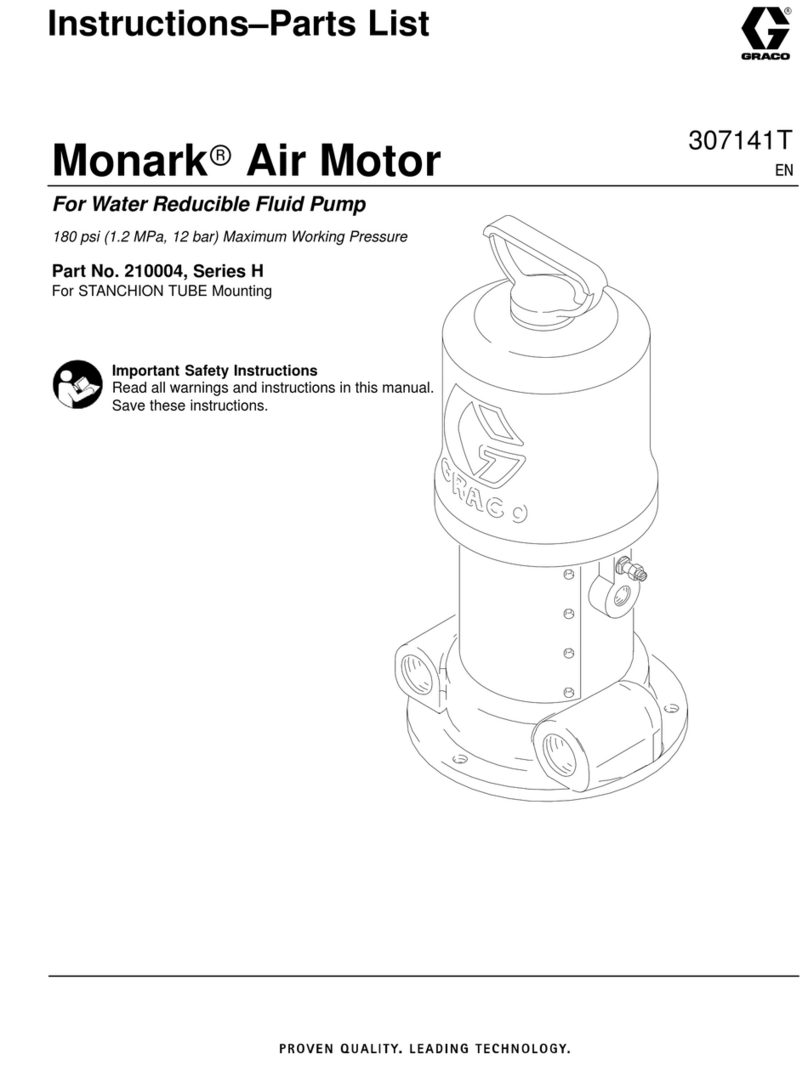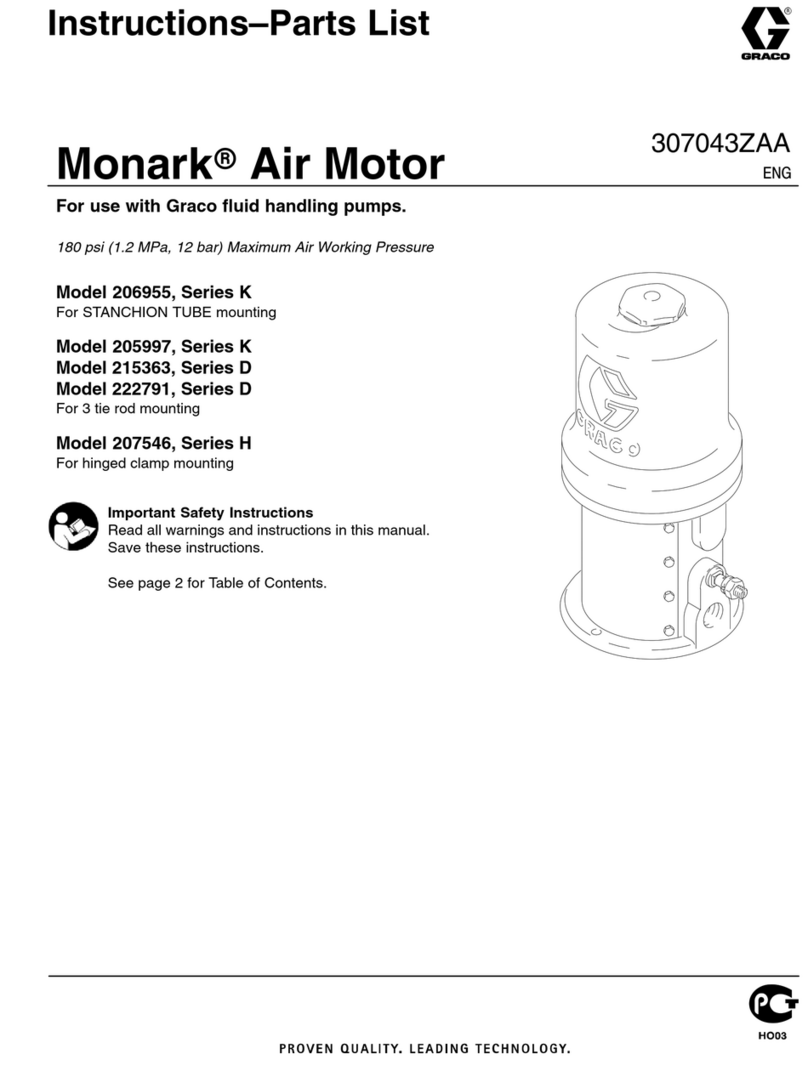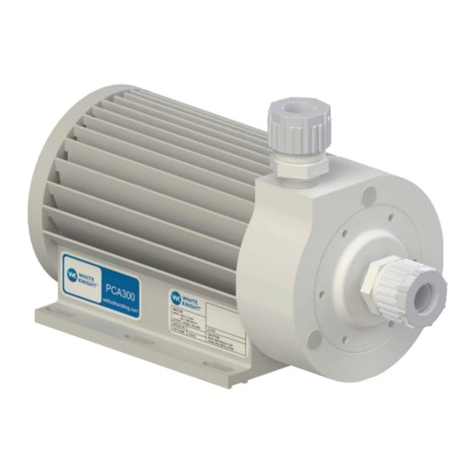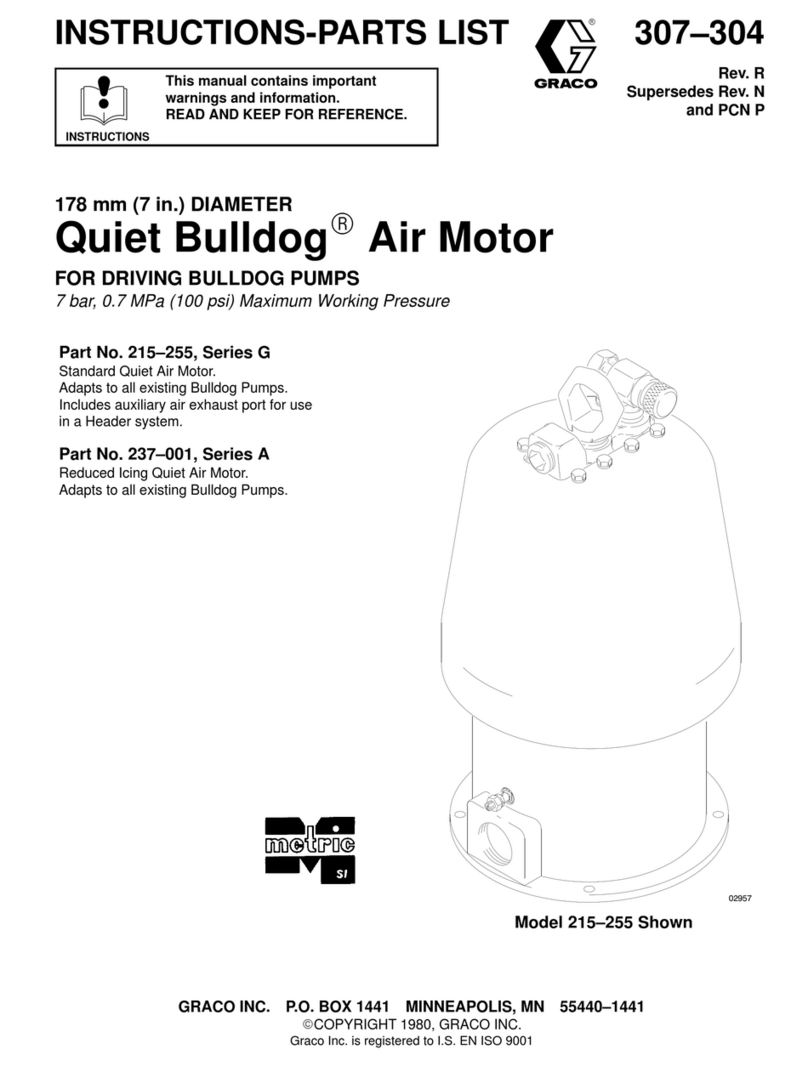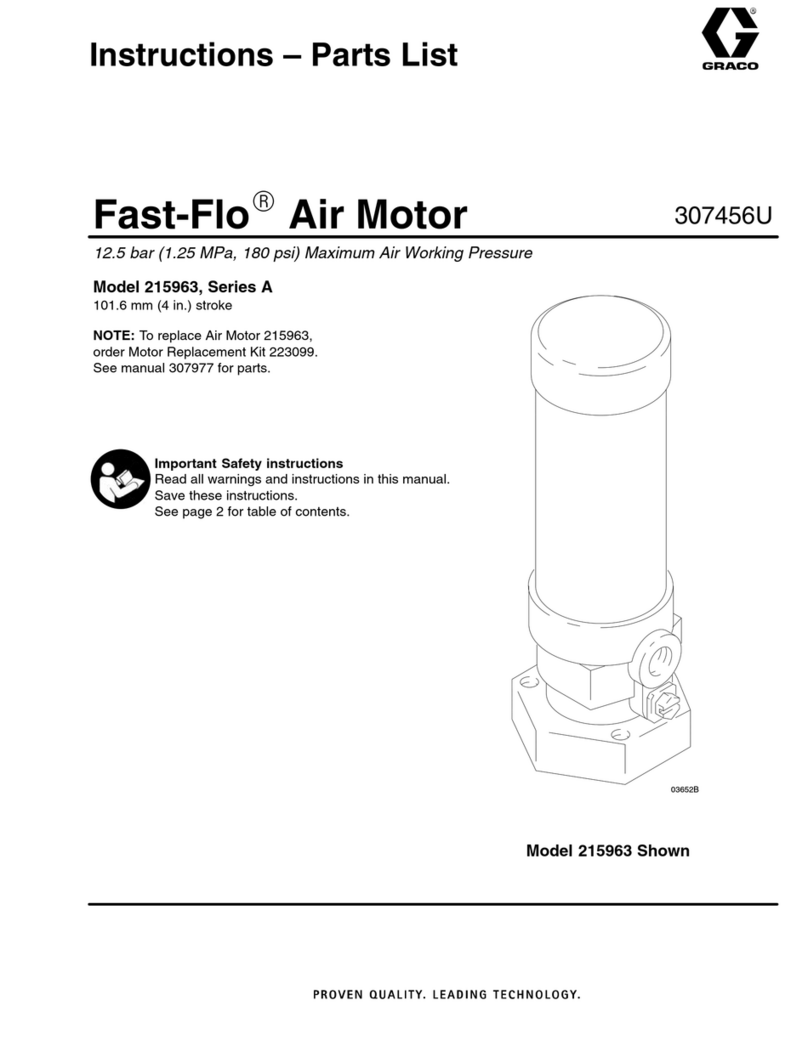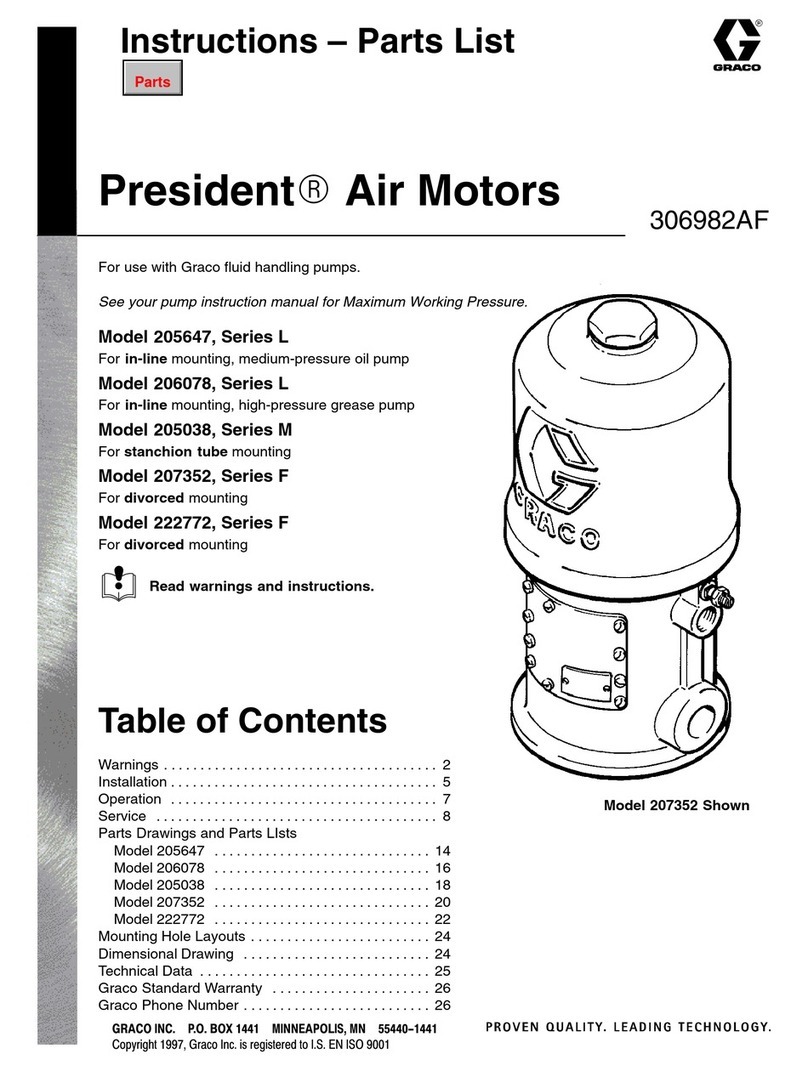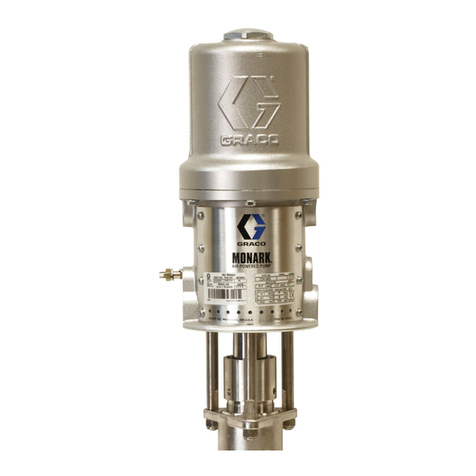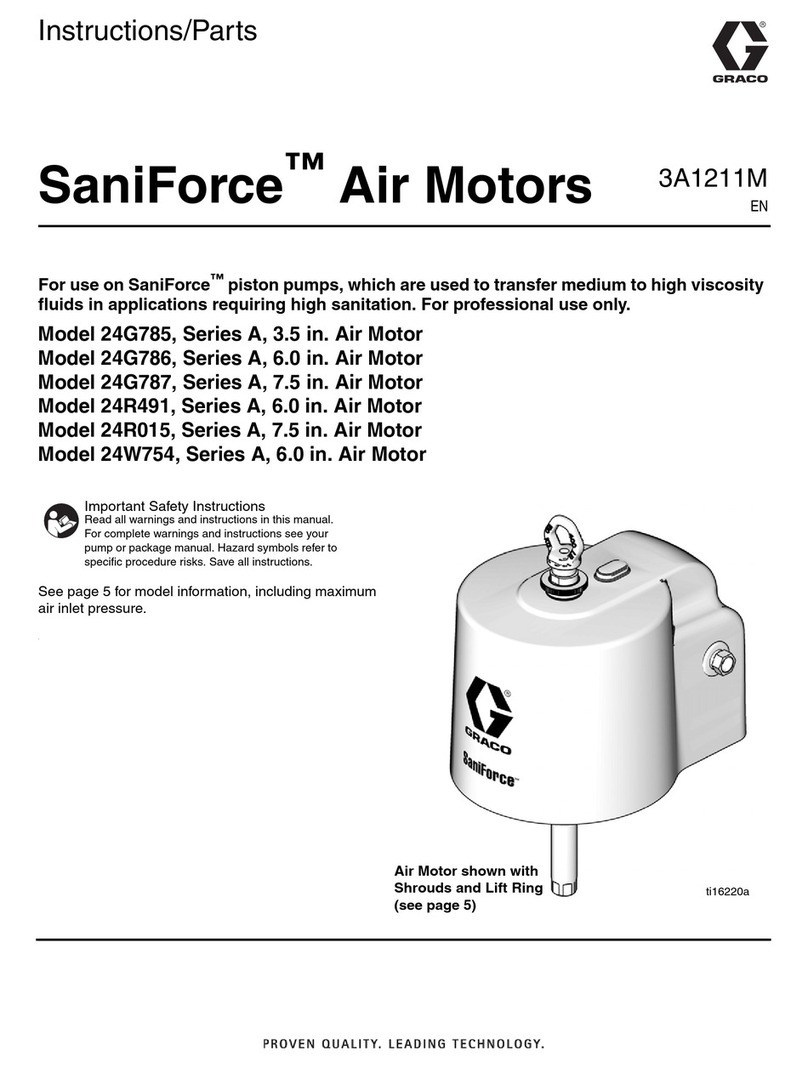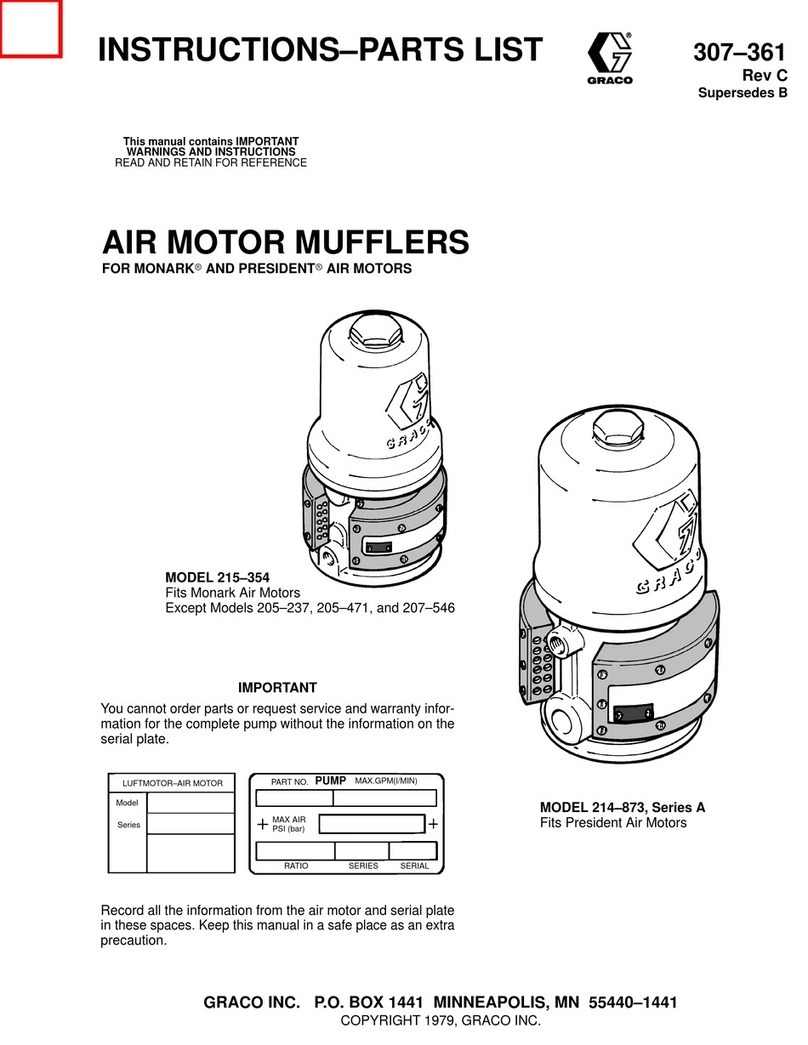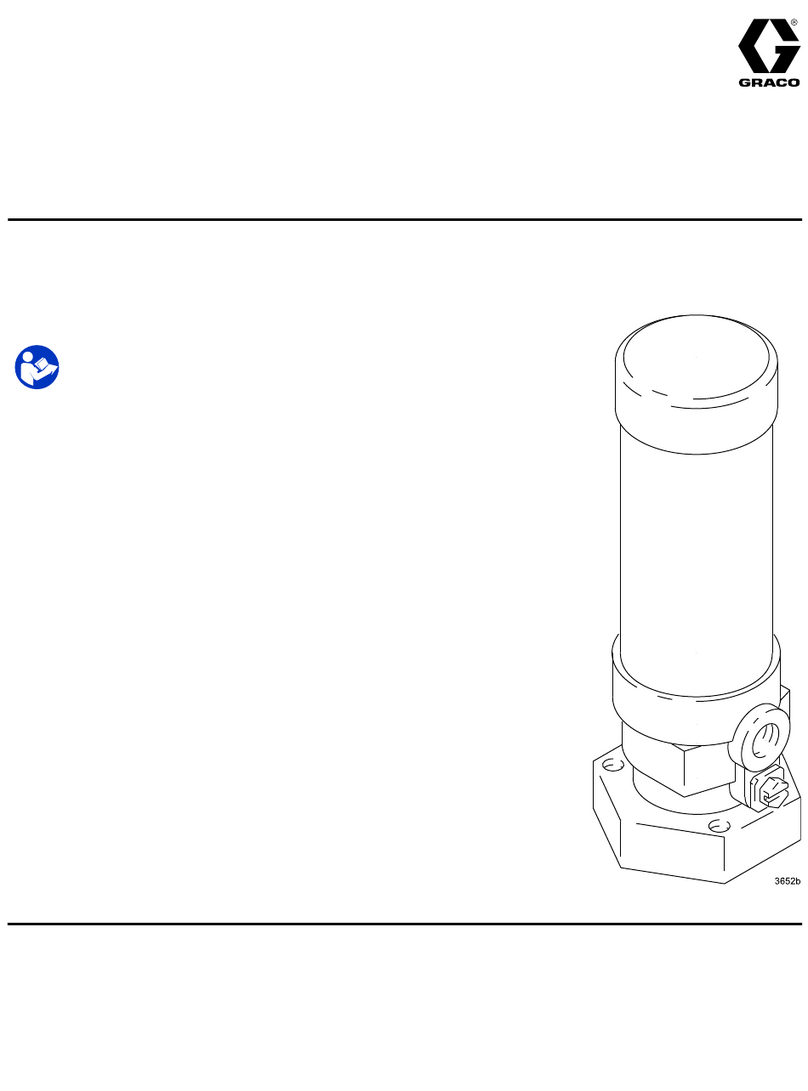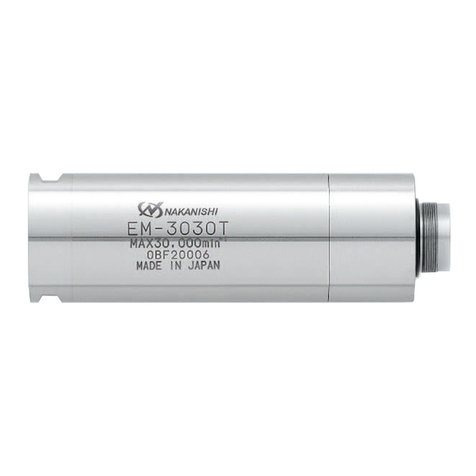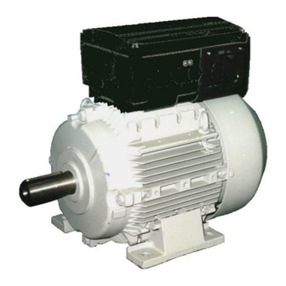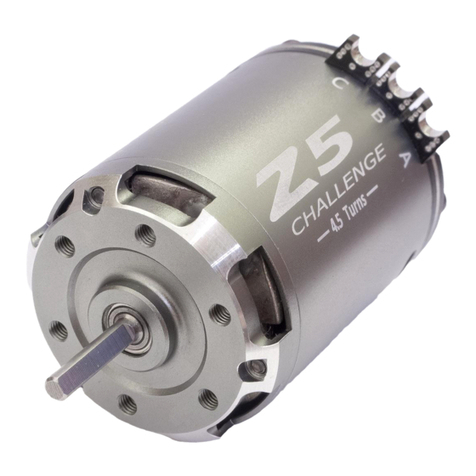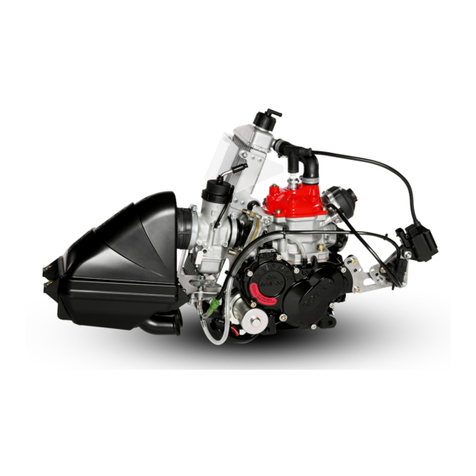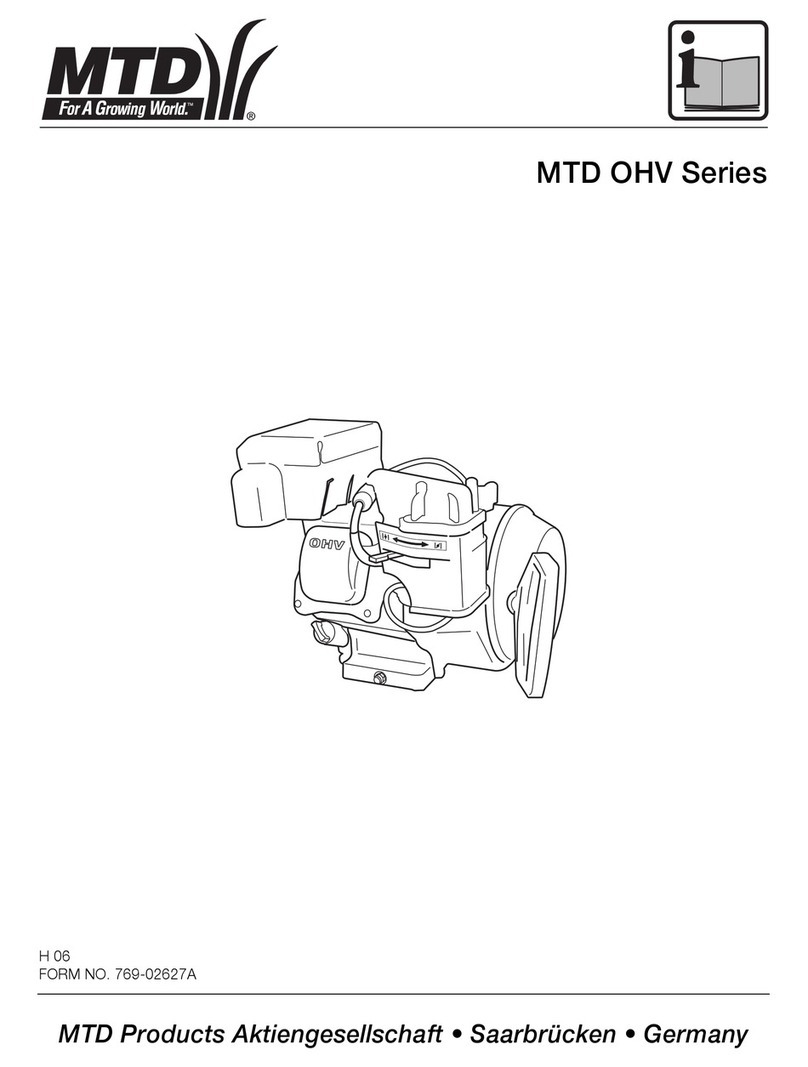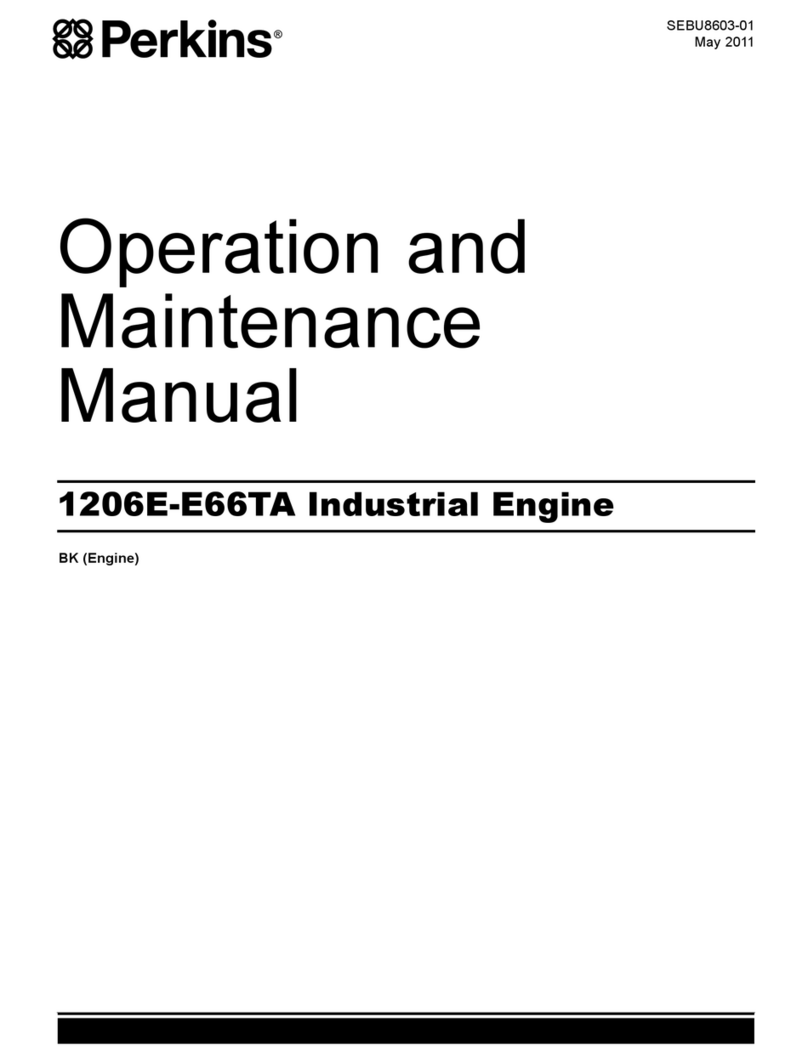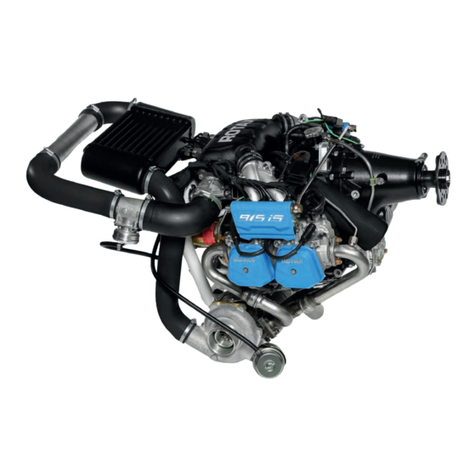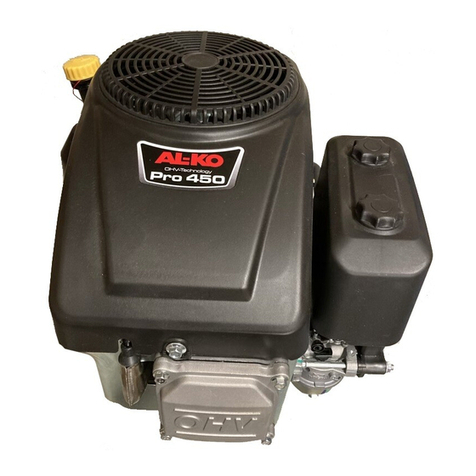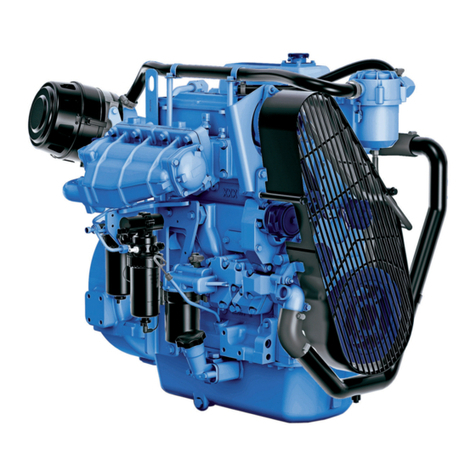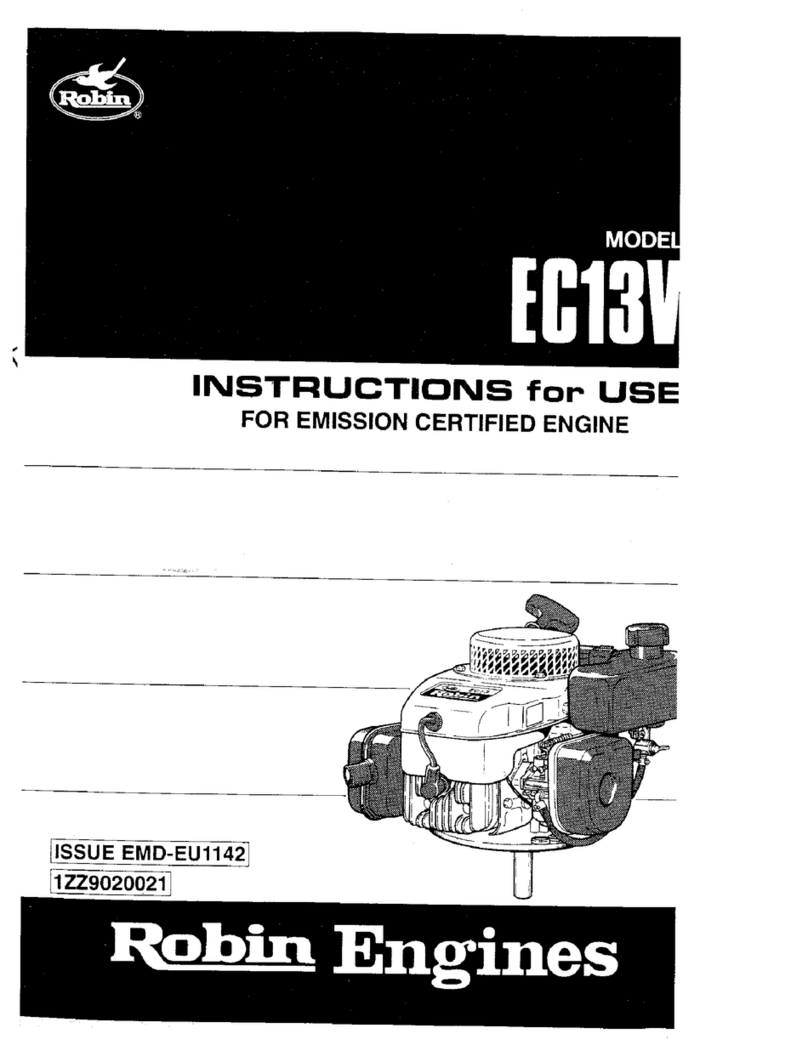
Service
8 308048N
8. Remove the cap screws (12), the drip pan (16), the
drip cover (18), and machine screw (20) before
loosening the tie rod nuts. Then remove the four tie
rod nuts (19). Loosen the nuts (B) on the hydraulic
tube (4) and loosen the tie rods (57).
9. Remove the motor from the vise and lay it in a pan.
10. Remove one detent assembly: retaining plug (39),
o-ring (41), spring (40), ball guide (42) and ball (43).
If the ball or other parts stick in the upper housing
(53), turn the motor over and tap lightly. Do not
allow the parts to fall into the motor. Repeat the
procedure for the other detent assembly.
11. Remove the tie rods (57), but do not remove the
crown nuts (44).
12. Remove the socket screws (51) and the end cap
(47). Pull the stop plug (48) from the upper housing
(53).
13. Unscrew the top and bottom compression nuts (B)
on the hydraulic tube (4). Rotate the upper housing
(53) and remove the tube, being careful not to
damage the flare (A). Allow the oil to drain from the
motor into the pan.
14. Rock the upper housing (53) to work it free and lift it
about 3 inches off the cylinder (29). The cylinder
can stay in the lower housing (25).
15. Hold the trip rod (31) with an adjustable wrench on
the flats of the rod, and remove the top hex nut (46)
from the trip rod.
16. Remove the upper housing (53).
17. Remove the trip rod guides (37), compression
springs (45) and valve spool (38) from the upper
housing. Inspect the bearing inside of the guide (35)
in place. If bearing is damaged replace item 35.
NOTE: Inspect the trip rod (31) above the shoulder for
damage. There must be no reduction in diameter.
Replace if necessary.
18. Pull the trip rod and piston from the lower housing
(25) and cylinder (29). Place the piston flats (30a) in
a vise; tighten the vise on the flats of the piston.
Remove retaining ring (30c). Use a face spanner to
remove the retainer (30b). Remove the trip rod (31)
from the piston (30a).
19. Remove the trip rod locknut (27) and piston stop
(28). If the piston is replaced, remove the spring (26)
to use in the new piston.
20. Remove the bearing (23), packings (24), and o-ring
(21).
Reassembly (Refer to pg. 11)
1. Install the bearing (23*) in the lower housing (25).
Lubricate the seals (24*) with hydraulic oil. Install them
in the lower housing (25) with the lips facing up toward
the top of the motor.
2. Install the o-ring (21*) onto the lower housing (25).
3. Place the piston flats in a vise. Install the spring (26)
inside the piston (30a). The compression rings (32*)
must be positioned with the joints about 180°
opposed.
4. Install the piston stop (28) and locknut (27) on the trip
rod. Torque the nut to 117--123 in-lb (13.2-13.9 Nm).
Slide the trip rod (31) into the piston (30a). Apply
thread sealant to the retainer (30b) threads.
With the piston flats in a vise, tighten retainer until it is
slightly below the retaining ring groove. Install
retaining ring (30c). This is important to prevent the
retainer from backing out during operation and
damaging the motor.
FIG. 3 ___________________________________________
NOTE: Graco recommends replacing piston (30a),
retainer (30b), and retaining ring (30c) together in kits
appropriate to motor configurations. Retainer (30c) can
be used on old pistons without retaining groove, but
must be threaded in completely.
NOTE: Set base (2) on workbench during reassembly.
5. Install the o-ring (33*) onto the cylinder (29). Install the
cylinder (29) into the lower housing (25).
6. Install the trip rod and piston into the cylinder (29) and
lower housing (25) so the piston is recessed at least 1
inch (25 mm) from the top of the cylinder.
NOTICE
With the tie rods removed, the assembly may separate
at the joints between the cylinder (29) and the upper
and lower housings (53 and 25). Hold motor and
housings securely when removing parts to avoid
premature separation of large parts and possible
damage to parts from falls.
30b
30a
30b
30a
30c
New Piston Old Piston
